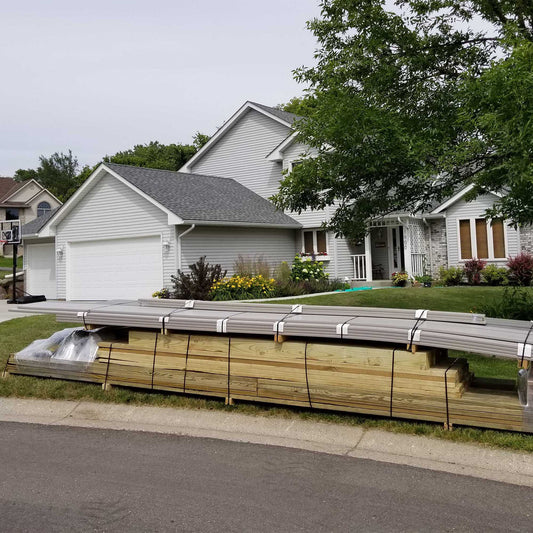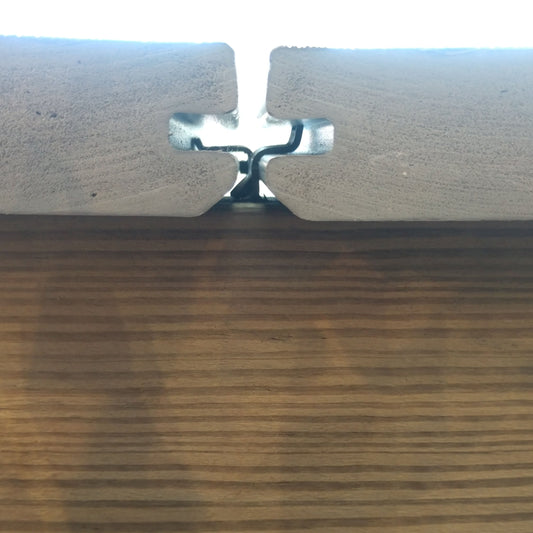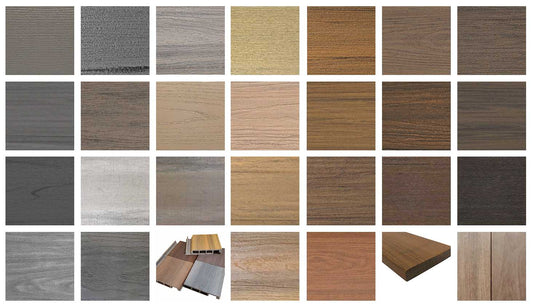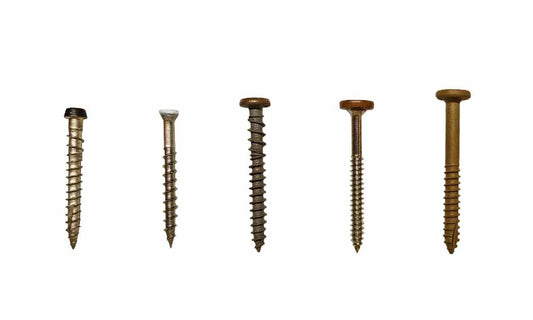You hear about deck boards that are "engineered" to be cooler, or reflect sun heat, or are made from some magical material that doesn't burn your feet. Does it actually work?
The short answer: it helps, but other environmental factors will play the biggest role in your decking's hotness.
-How much sun does the deck get, and for how much of the day?
-How much airflow is allowed beneath the deck?
-How close to the ground is the deck surface?
The direct light and heat from the sun will warm up just about anything it touches. How much heat is absorbed depends on the color of the material. Choosing a lighter colored decking will keep the boards from absorbing as much heat, regardless of the material. When it's a denser material like traditional wood-plastic composite, it will absorb and hold more of that heat. The same idea applies to metal versus cloth: metal is denser and stays hotter for longer than an oven mitt does.
Less dense materials like PVC and Surestone have microscopic air bubbles throughout the board, which won't retain as much of the sun's heat.
Airflow above and below the deck will cool any material faster, so that whatever heat the decking absorbs by the sun isn't retained long. Better airflow can come from having a deck several feet off the ground, living in a breezy hillside, or keeping the underside of the deck framing open.
If your deck isn't exactly optimal in these areas, the surefire way to avoid a hot deck is to choose PVC or Surestone. Even on decks with little to no airflow and direct sunlight most of the day, dark colored boards made from these materials generally stay cool enough to touch.
If you think you'll be fine on most of these fronts but prefer a specific composite decking line, try a lighter color or look for a scallop-backed board. Boards with scallops or channels on the underside don't contain as much material, and won't hold in as much heat as a full-profile board.
The best way to test and see for yourself is to get samples and leave them on your deck area during the day. They may be a little warmer when sitting on top of existing decking and not getting airflow directly beneath them, but it will give you an idea of the realistic differences between each of your color and material choices. There's probably a laser thermometer somewhere around the house that would love to help!





